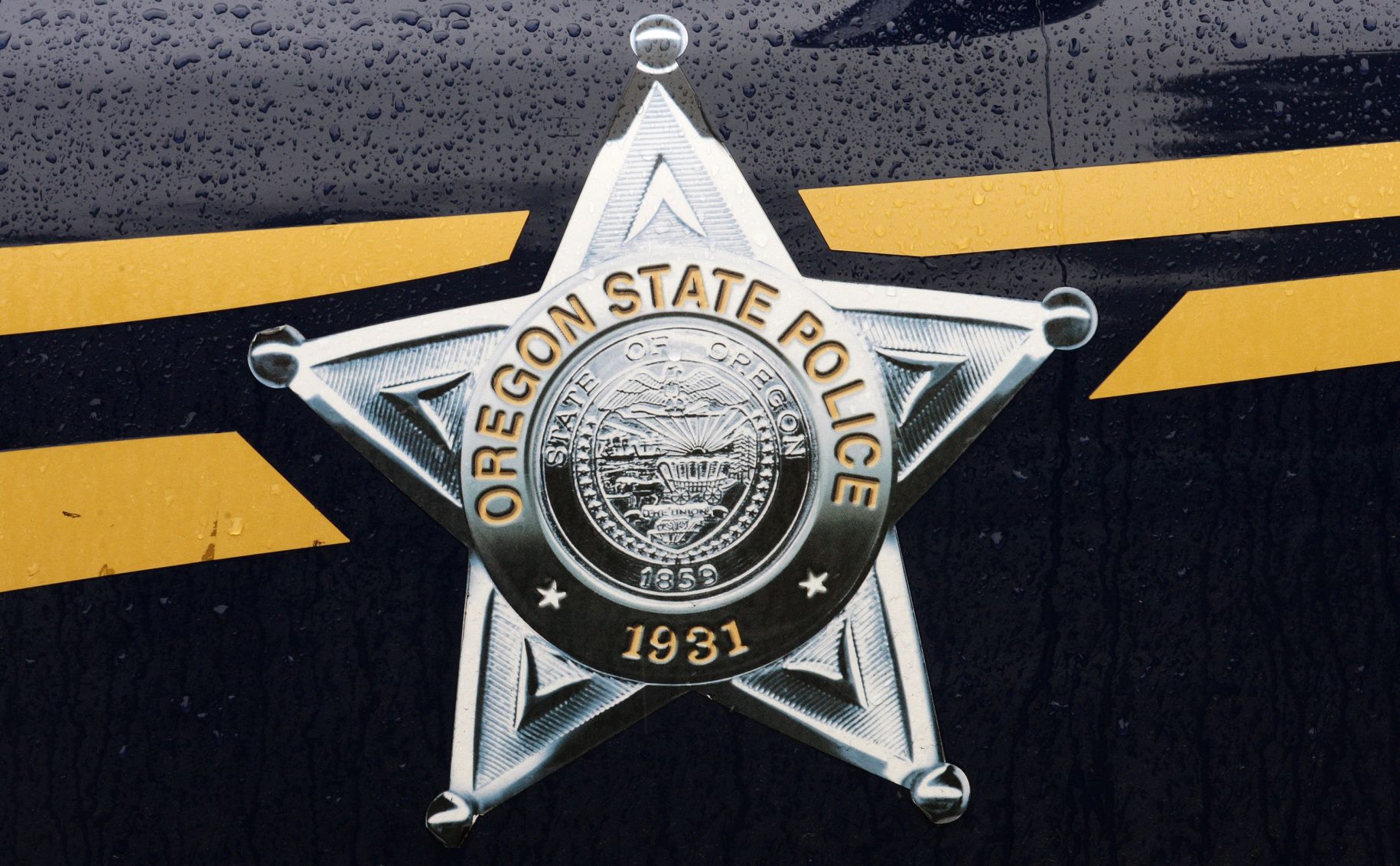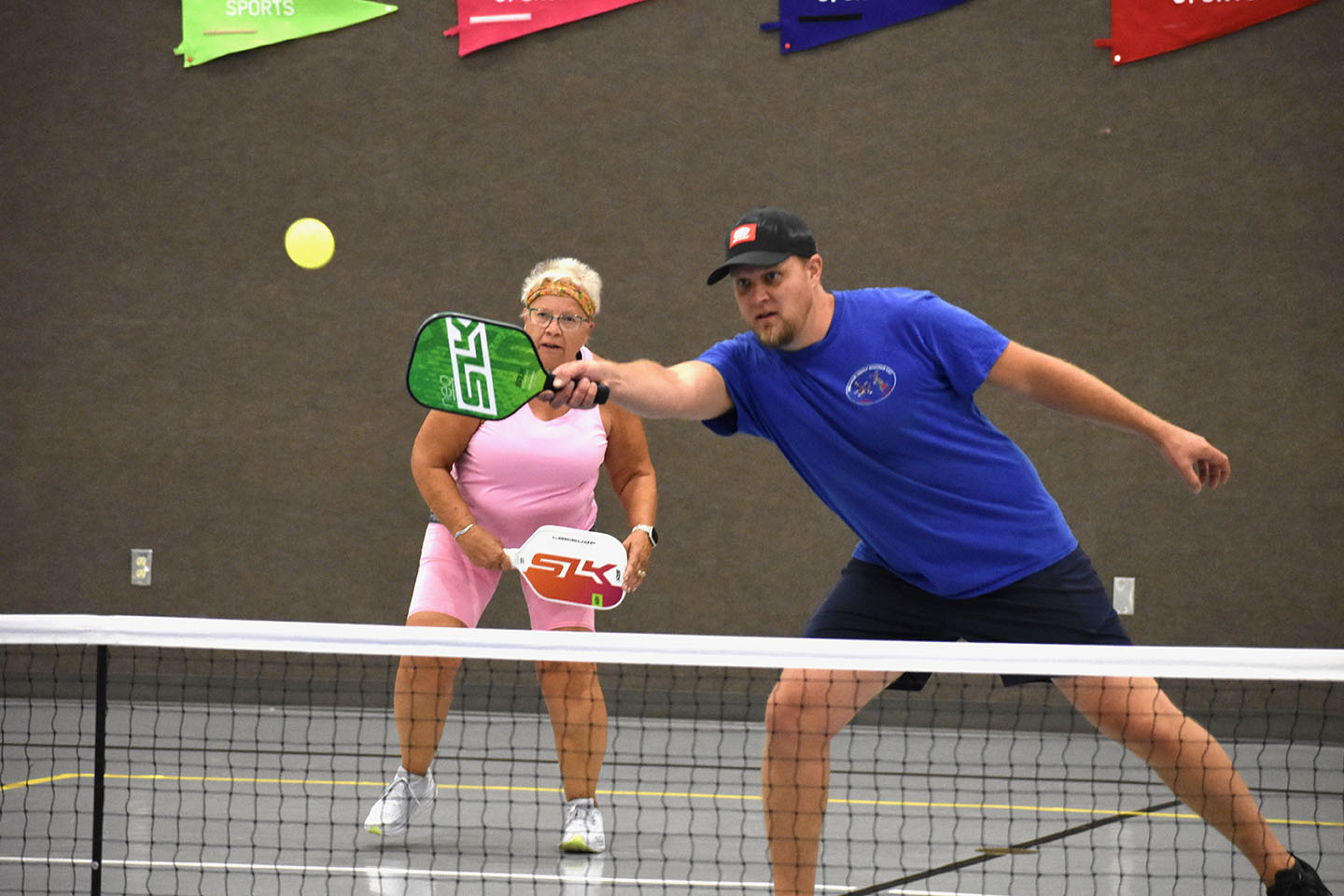First Day of School
Published 12:00 am Monday, April 24, 2006
By PEARL JONES
For the Baker City Herald
The personal memory of my very first day at Brooklyn Elementary in September 1924 has long been lost in the mists of time. I do well remember how eagerly I looked forward to going to school where I could learn to read and from there find a whole new world opening for me.
Mama did not need to call me that morning for I was up and dressed before the wake up call.
My Uncle Oscar had taught me to tell time last summer when I was five and now I was six and going to learn to read words.
I had no time to waste and was filled to the brim with delicious anticipation. There was in my home an entire 20 volume encyclopedia, The Book of Knowledge, that needed to be read.
I was familiar with its many pictures of people, places and things but I wanted to know who and what they all were. Also when I learned to read I could get my own public library card and check out books for myself.
At that time the children’s section of books was on the adult floor back in the northeast corner of the old stone Carnegie Library where I spent many hours browsing.
My home schooling had already begun for my older siblings had taught me numbers.
I could count to one hundred; I could recite the alphabet and many nursery rhymes without prompting; a good many simple words were familiar to me from stories read aloud by older sisters and brothers; and I could write my given name in cursive writing.
We never did officially learn to print, but I learned to do that many years later when my children learned printing first and cursive writing later.
The first day of school
I do remember arriving on that first day of school holding firmly to the security of Mama’s hand. The teacher, Miss Lenore Fuller, was a stranger as were most of the kids except for Ruth whom I had already met at Sunday School. She was my first friend in Baker City and we still enjoy that friendship, seventy five years later. Miss Fuller didnt stay a stranger very long for she was a good and friendly teacher, one of my favorites over the years.
As we all gathered in that first grade room in the southwest corner of the main floor of Brooklyn School, we carried school supplies with us.
In a paper sack I had a penny pencil, sharpened to a beautiful point by my Dad with his pocket knife; a lined pencil tablet; a box of crayons, most likely a used package from an older sibling who had probably advanced to water paints for their art work and a composition book with a nicer grade of paper than the pencil tablet.
I still have one of my old composition books that has tiny picture reproduction of famous art work, well known people of history and special events in our United States. Some of the students that were blessed with more affluent parents or grandparents owned fancy pencil boxes, store boughten lunch pails, handled jump ropes (not just a piece of rope with knots for handles) and even nickel pencils.
On this first day of school everyone was dressed in their best whether new or andquot;hand-me-downsandquot; from older siblings or friends.
Girls wore dresses; boys, long trousers. Girls hair was worn in long braids or curls unless cut short in a dutch bob style, while boys hair was more close cropped (if it became long and untidy it was because parents could not afford a barber shop haircut and Mother didn’t have time to cut it).
Thus, long hair was not a case of andquot;styleandquot; but more of andquot;shame.andquot; Our school clothing was usually washable cotton for girls dresses and boys overalls and shirts.
Summer undergarments for girls were under shirts or underskirts and baggy bloomers while boys wore short-sleeved and short-legged underwear. Girls wore long stockings of tan or black the whole year around except for going barefoot most of the summer. Boys had short socks. Both boys and girls went to long underwear in the cold weather no problem for the boys’ short socks, but a hassle for the girls to try to make the underwear lie smoothly under long stockings. I was there and I know it wasnt easy.
Our school room held rows of desks, bolted to the floor, walls lined with slate blackboards and a chart along the top with the alphabet in both capital and small cursive letters which we must learn to copy. for our writing lesson. At the bottom of the blackboard was a chalk rail that held both chalk and erasers for our blackboard lessons.
Dusting those erasers was always a special privilege for volunteers who stayed after school to help teacher with this chore. At the front of the room was teacher’s desk and chair and at the back of the room was a low table and kid-size chairs for art work and reading class.
At one corner of the room a door opened into the cloak room where we hung our coats and caps and left our lunch pails or sacks and any play equipment such as bats, balls and jump ropes. This also served as punishment room for those who were not behaving and had to be banished. for a short period of time.
Girls and boys segregated
The rules were rather strict and confining but we managed to survive the discipline with no harm done. Before school in the mornings we had to play out-of-doors until the first bell rang. The doors were then opened and we marched sedately across the central hall through our cloakrooms and into our class rooms.
The girls entered the school by the front door and the boys from the back door. We had segregated playgrounds, the west side of the school for the girls and the east for the boys and punishment was given if this rule was disobeyed. The tardy bell rang about five minutes after the first bell and if you didnt get in before it rang you were marked as late and it was listed on your report card how many times you were late. Old report cards are a great fascination for your children to peruse and note such things as times late, times absent and what grades received in comparison to their grades.
Once we arrived In the school- room we must sit quietly in our seat until roll was called then we stood by our desks, saluted the flag with the pledge of allegiance and sang andquot;America.andquot; This was followed by a few setting-up exercises and we were ready to begin the days lessons. The rule of sitting quietly in your seats was enforced all day long with the use of raised hands for permission code.
By raising your hand you could get the attention of teacher for whatever was needed. If it was during a lesson that required participation you raised your hand if you had the answer or solution to the question but must wait to be called upon by Teacher before you could answer.
If you needed to go to the andquot;lavatory,andquot; you would hold up one finger,; if needing a drink from the fountain in the hall you would raise two fingers.
A nod from the teacher would signify permission or a shake of her head would be the refusal. Too many drinks or too often trips for bodily functions were looked upon with suspicion.
Recess, a brief respite during both morning and afternoon class sessions, gave us a break from the lessons routine and we could enjoy a bit of freedom with games of action or skill. Lunch break was the same.
We Hayden kids usually went home for lunch as did many of the others but on special occasions everyone brought a lunch and we had a picnic on the school yard under the big trees that lined the front yard. of the old brick Brooklyn School.
I cannot remember if segregation was enforced at this time or if we were allowed the mingling of both boys and girls.
Discipline was good
I hope I haven’t given you the impression that school was too disciplined, for I believe we were better off with our strict routine than the permissive one that prevails today. It gave us a more firm foundation on which to base our behavior. Of course there were many fun things at school. Our circle of friends widened to include the whole eastside of Baker City. On the playground we learned new games and activities. In the school room our teacher, Miss Fuller, read stories aloud to us after lunch before we settled down to lessons. She made learning fun with clever touches for class participation. On Friday afternoons we had recitation day when each student was supposed to participate but many were too shy.
Visitors were always welcome to drop by and we often had parents, grandparents and friends come to see how and what we were learning.
We had classes in music and art. At Christmas time the entire school was involved in a Christmas pageant or play and those not in the play production were involved in the chorus so no one was left out. The chorus had been practicing for weeks to provide Christmas carols as their part of the program.
Since we had no auditorium in the old Brooklyn School, our central hall was transformed into a makeshift one. The janitor stretched a wire from wall to wall and the north end became the stage and activity center using borrowed sheets for curtains. Backless benches were carried up from the basement ( with the help of some of the bigger 5th and 6th grade boys) and arranged on the south end of the hall for our audience’s seating. The well rehearsed program went on with only a few minor hitches due to stage fright, forgotten lines that called for off stage prompting and emergency costume repair. The role of prompter was probably the most vital one of the whole production.
As the finale of the days entertainment a treat of some sort was provided for every student and guest while congratulations on our performance were accepted and savored as a job well done.
Returning to our classrooms we removed our costumes to become ourselves after tasting the thrill of the Theatre. We gathered up our books, Teacher dismissed us for Christmas Vacation thus ending our first school semester and we now would move into Grade 1-B when we returned in January, if our school work warranted a passing grade.





